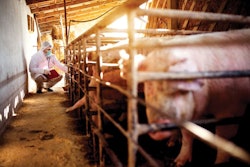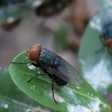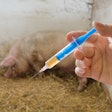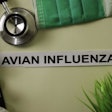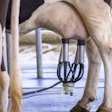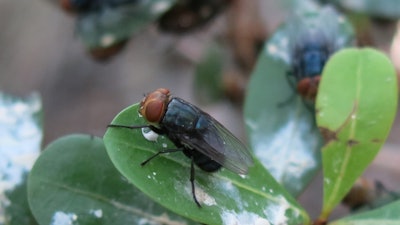
The U.S. Department of Agriculture (USDA) has opened a sterile fly dispersal facility in Tampico, Mexico, that will allow USDA to disperse sterile flies aerially across northeastern Mexico to help stop the spread of New World screwworm (NWS).
“The opening of the Tampico sterile fly dispersal facility is another incredibly important tool in our arsenal to stop the spread of screwworm,” said U.S. Secretary of Agriculture Brooke L. Rollins. “The facility will ensure flexibility and responsiveness in northern Mexico, giving us a greater ability to drop sterile flies and continue to push the pest south.”
Rollins said she recently had a productive meeting with Mexican President Claudia Sheinbaum and Mexico’s Secretary of Agriculture and Rural Development Julio Berdegue on the joint response to NWS.
“We are boosting our efforts and completing a joint review of our screwworm operations in Mexico to ensure our protocols are being followed. As we enter the winter months, we continue to prioritize the response in Mexico and the rest of our five-pronged plan to protect U.S. livestock and the livelihoods of American farmers and ranchers,” Rollins said.
There are two methods of dispersing sterile insects: aerial dispersal and ground release chambers. Aerial operations are preferred because they allow for dispersal at a steady rate through a large area and also because sterile insects may be dispersed in areas that are unreachable from the ground. Ground release chambers are used when there’s a need to quickly deploy sterile insects outside of the dispersal facility range.
USDA continues to disperse 100 million sterile flies per week in Mexico, but until now, aerial operations have been limited to southern Mexico, necessitating the use of ground release chambers in more northern areas of the country. Mass production and targeted dispersal of sterile flies remain critical components of an effective response.
Although Mexico continues to confirm new cases of NWS, the overwhelming majority of these remain in the far southern part of the country, with no significant northward expansion over the past several months. Should that change, the Tampico facility will allow USDA to immediately tackle any cases that occur elsewhere in Mexico.
The two northernmost detections (approximately 70 and 170 miles from the U.S. border, respectively) occurred in Nuevo León, on September 20 and October 5, in young cattle transported from Chiapas, Mexico. Neither of those cases is still active and there have been no additional detections of NWS flies in traps or cases in animals in Nuevo Leon. USDA continues to disperse sterile insects in Nuevo Leon, and will now transition from ground release chambers to aerial dispersal in those areas.
USDA produces sterile flies for dispersal at the Panama-United States Commission for the Eradication and Prevention of Screwworm Infestation in Livestock (COPEG) facility in Panama. USDA is also investing US$21 million to support Mexico’s renovation of an existing fruit fly facility in Metapa, which will double NWS production capacity once complete. With ongoing support from technical experts at USDA’s Animal and Plant Health Inspection Service (APHIS), Mexico anticipates this sterile fly production to begin as soon as summer 2026.
To expand its domestic response capacity, USDA has also begun construction on a sterile fly dispersal facility at Moore Air Base in Edinburg, Texas, which is projected to begin operating in early 2026. APHIS is also expediting design and construction of a sterile fly production facility in Southern Texas, with a targeted maximum capacity of 300 million sterile flies per week.
USDA continues to work with Mexico’s agriculture authority, SENASICA, to implement the collaborative NWS Action Plan and guide trapping, surveillance and movement protocols to help stop the northward spread of NWS.



